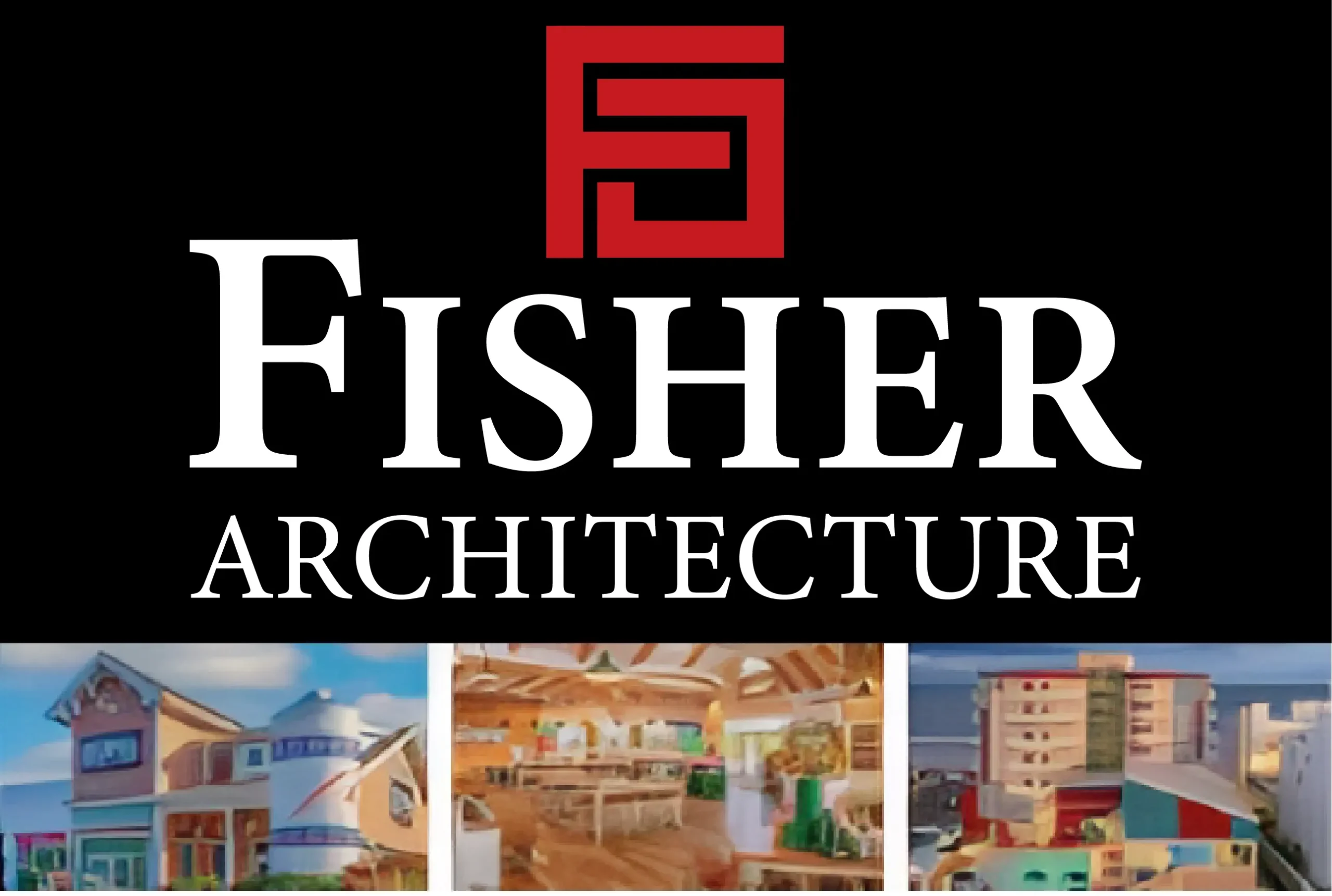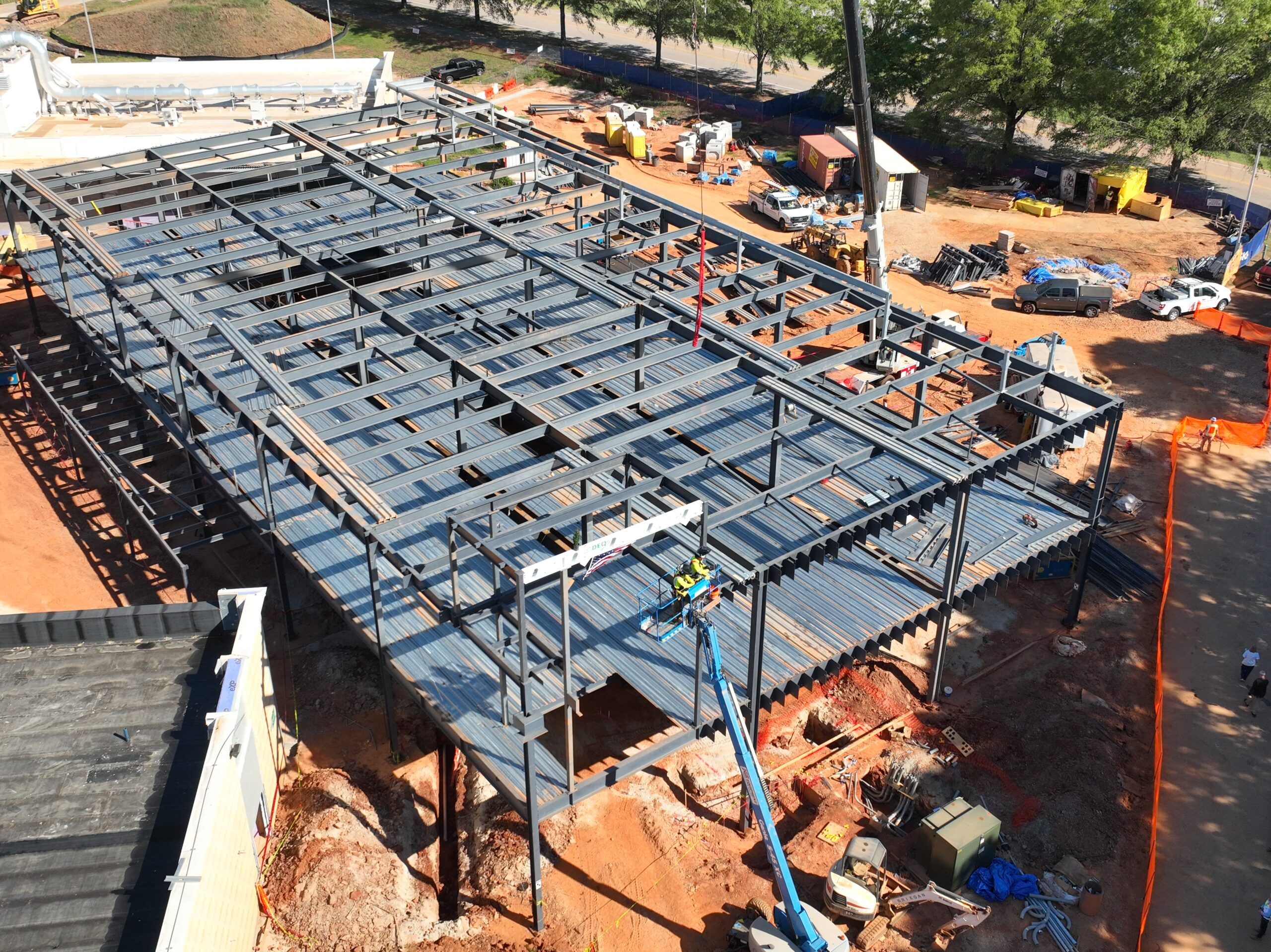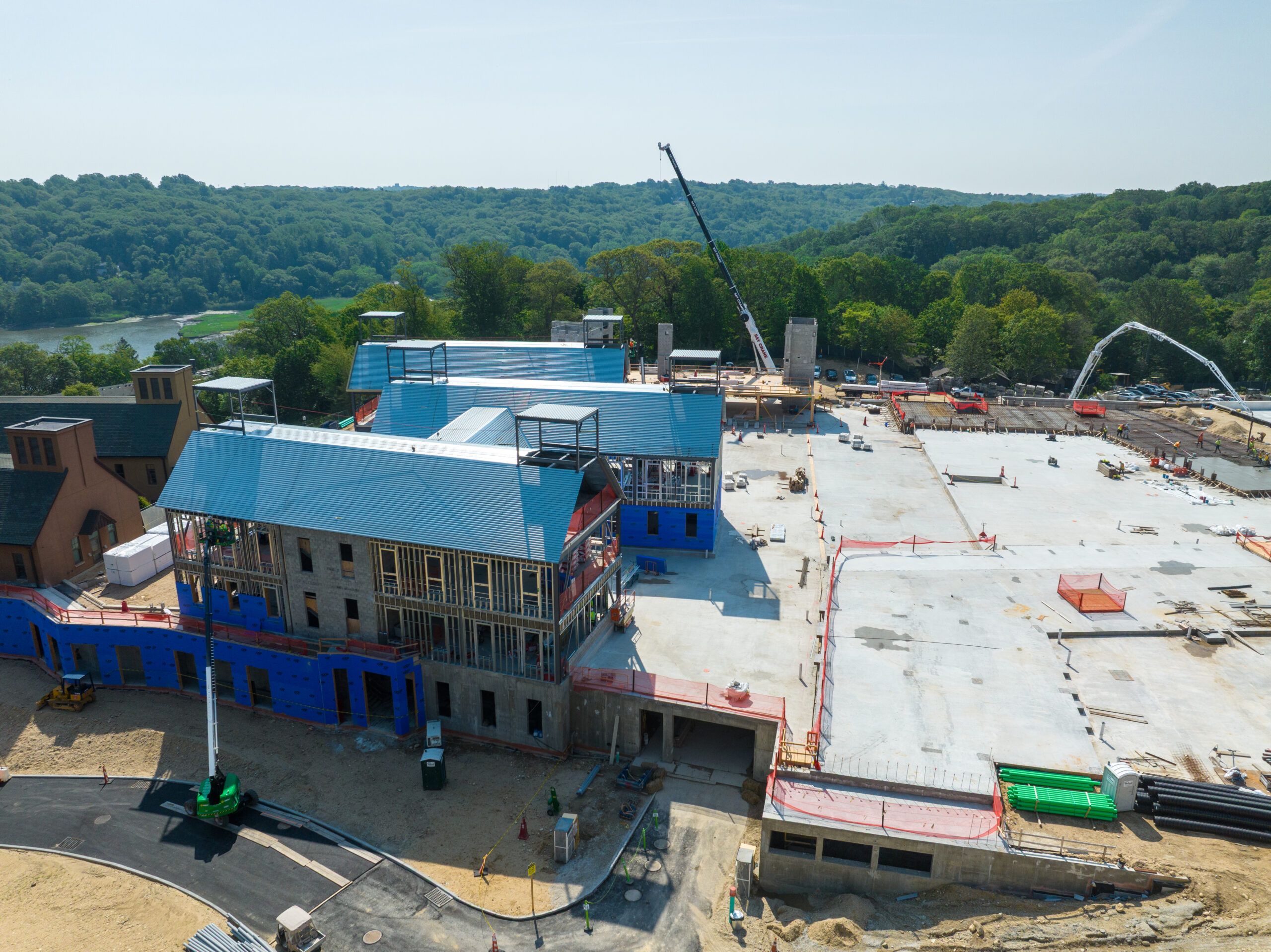
Regardless of the size of a construction project, one necessary step before getting started is to establish on-site facilities for workers to use.
Whether the structure is needed for tools and materials or must include warehouses and fabrication shops, one crucial functionality of a construction project is to have an on-site structure implemented. These features may even include bathrooms or medical units for the safety and needs of workers.
After these requirements are acknowledged by the project manager, deciding on the type of on-site facility is highly recommended. Options ranging from wood to brick buildings are available to use, but these aren’t always the smartest course of action for your project.
Construction Structure Options
When deciding on the type of structure to use for these construction sites, it’s important to consider the different types of materials and costs involved.
Normally, construction sites can use various resources such as brick, metal, or wood for on-site structures. While these options are possible to use, they can be costly and time-consuming, harming the budget and timeline of a project.
Meanwhile, tents and pop-up canopies can save you lots of time and money, yet they are not practical during harsh weather such as heavy rain and wind. This can ultimately backfire, adding more time and money to a project in the long run.
One alternative that provides both durability and the ease of transportation is a fabric structure. Proving to hold most practicality, fabric structures easily outweigh the usefulness compared to their more costly or flimsy counterparts.
Of course, not all fabric structures are created equally. It’s important to look for engineered fabric structures to ensure that the facilities will be able to withstand high wind and snow loads and meet your general needs.
High-quality fabric structures contain high-quality materials, dependable engineering, and laboratory testing — all of which come at a price. Naturally, you might be asking yourself, “How is this saving me money?”
How Engineered Fabric Structures Will Help You Save Money
Despite their higher price, engineered fabric structures end up saving construction projects money because of their benefits related to transportation, installation, and maintenance.
For example, Alaska Structures® focuses on these key cost-saving advantages with their uniquely designed engineered fabric structures:
- Lightweight and compact sizes that help with portability and shipping costs
- Flexibility when it comes to foundation requirements so you can build your structure anywhere your project is located
- Easy installation steps that require no outside help from supervisors or experienced builders
- Energy-efficient thermal resistance, which helps prevent any heat damage
- Plug-and-play electrical systems that meet National Electrical Code standards for temporary and self-sufficient installations
- Little to no maintenance needed after installation of the fabric structures
- Built-in energy-saving structural designs that help with insulation
Fabric Structures Made by Alaska Structures®
Depending on your unique construction needs, Alaska Structures® can be a key resource in helping with a costly and lengthy project. Offering a wide variety of configurations and sizes, there are unlimited possibilities to what Alaska Structures fabric structures can do for you.
From smaller storage used for tools, materials, and equipment, to larger alternatives used for bathrooms or vehicles, Alaska Structures® can help with any construction project needs.
Uniquely designed structures are built meticulously in order to meet specific building codes and to strongly resist weather conditions. Alaska Structures engineers work closely with construction project managers in order to meet these requirements and standards for a cost-saving and time efficient outcome.
If you’re interested in learning more about how Alaska Structures’ engineered fabric structures can help save your construction project money, contact the Alaska Structures team today for more information.











